Roof Repair Tips for Older Homes in Rosemount, MN Roof Repair Tips for Older Homes in Rosemount, MN Owning an older home …
Identifying Early Signs of Shingle Damage to Prevent Costly Repairs
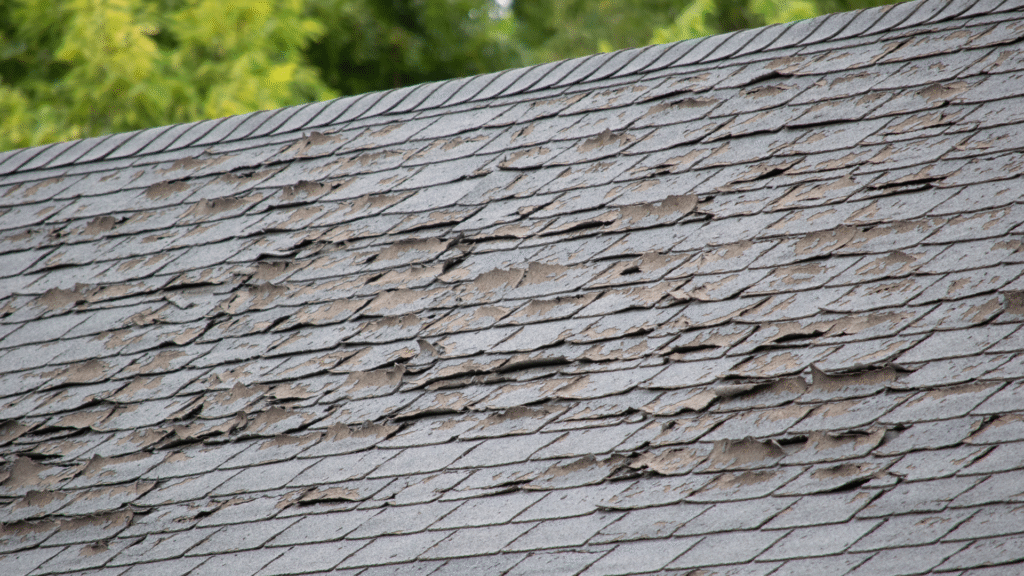
Identifying Early Signs of Shingle Damage to Prevent Costly Repairs
Your roof is one of the most critical parts of your home’s protection system.
It stands guard against rain, snow, wind, and the blazing sun year-round.
However, over time, roofing shingles can take a beating, and if problems aren’t caught early, small issues can quickly turn into expensive repairs.
At Specialty Work Services, we know how vital it is to spot shingle damage early.
In this guide, we’ll explain the early warning signs of shingle damage and how addressing them right away can save you thousands of dollars down the line.
Why Early Detection Matters
Shingles are your roof’s first line of defense against moisture.
When they become damaged, even slightly, water can infiltrate the underlying structure of your roof.
This leads to leaks, insulation damage, mold growth, and structural deterioration.
Benefits of catching shingle damage early include:
- Avoiding costly roof replacements
- Extending the life of your roof
- Preventing interior water damage
- Keeping your home’s insulation and energy efficiency intact
The earlier you spot damage, the easier—and cheaper—it is to fix.
Common Causes of Shingle Damage
Understanding what can damage your shingles helps you stay vigilant.
In Minnesota, the most common causes of shingle wear and tear include:
- Hail and windstorms
- Heavy snow and ice buildup
- Temperature fluctuations (freeze-thaw cycles)
- UV radiation from sunlight
- Poor installation practices
- Aging and natural material wear
Each of these factors can compromise your shingles, sometimes without obvious signs at first.
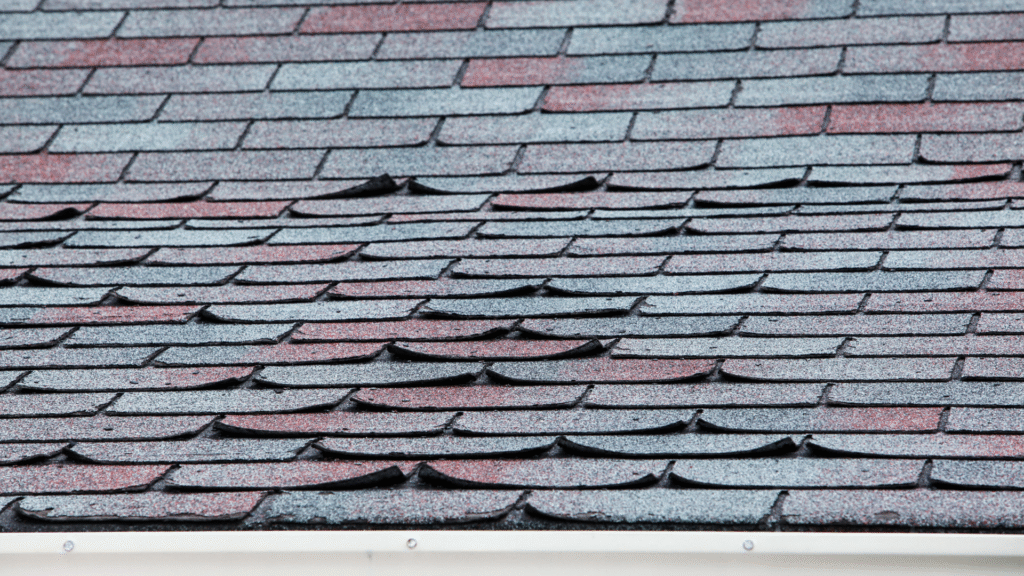
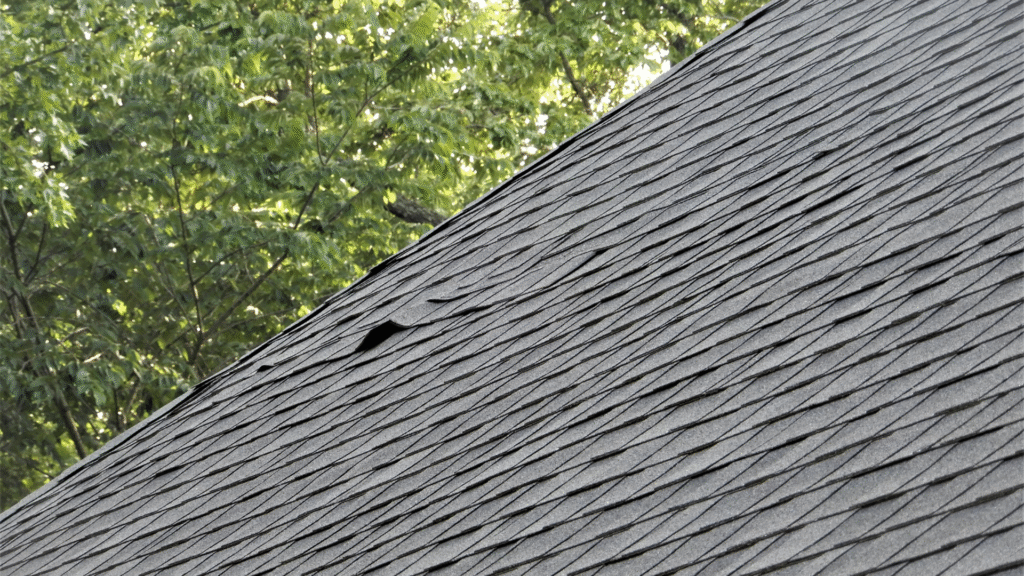
1. Curling and Buckling Shingles
One of the first visual clues that your shingles are deteriorating is curling or buckling.
This happens when shingles lose adhesion due to moisture buildup, poor ventilation, or aging.
Signs of curling and buckling:
- Edges of shingles lift upward or curl under
- Warped, wavy appearance on the roof surface
- Noticeable ripples when viewed from the ground
Why it matters:
Curling shingles can easily allow water to seep underneath, especially during heavy rain or melting snow.
Solution:
If you notice curling, have the affected area evaluated by a professional. Minor issues can be repaired, but widespread curling often means a roof replacement is needed.
2. Cracked or Broken Shingles
Extreme weather—especially hail—can cause shingles to crack or break.
Cracks allow water direct access to the roof’s underlayment and wooden decking.
How to spot cracked shingles:
- Visible splits across the surface of the shingle
- Shingles that snap when lightly touched
- Random broken shingle pieces found around your yard
Solution:
Cracked shingles should be replaced immediately to maintain the integrity of your roof’s waterproof barrier.
3. Missing Shingles
Windstorms are notorious for tearing shingles completely off the roof, especially if they were already weakened.
Signs of missing shingles:
- Bare patches on your roof
- Exposed underlayment or decking
- Debris from shingles found around your property
Why it matters:
Missing shingles leave large sections of your roof vulnerable to direct water penetration, leading to fast-spreading damage.
Solution:
A prompt repair or patch job can prevent leaks, but a full roof assessment may be needed to ensure the rest of the shingles are secure.
4. Granule Loss
Shingle granules provide crucial protection against UV rays and physical wear.
When they start to fall off, the shingle loses its durability and water resistance.
Early signs of granule loss:
- Accumulation of granules in gutters and downspouts
- Bare spots on shingles where the granules have worn away
- Dark or inconsistent color patches on your roof
Solution:
Light granule loss is normal as a roof ages, but heavy granule loss often signals it’s time for repairs or replacement.
5. Roof Age
Even without visible damage, the age of your roof is a major factor to consider.
Most asphalt shingle roofs last 20–30 years, depending on the quality of the materials and installation.
Signs your roof may be aging out:
- Multiple minor issues appearing simultaneously
- Noticeable sagging areas or soft spots
- Increasing frequency of minor repairs
Solution:
If your roof is nearing the end of its lifespan, scheduling an inspection can help you plan for repairs or replacement before serious problems develop.

6. Algae and Moss Growth
Dark streaks, algae, and moss patches are not just cosmetic issues—they can signal moisture retention that weakens shingles.
What to look for:
- Green moss clumps growing on shady areas of your roof
- Black or dark streaks running down shingles
- Soft or spongy areas beneath moss patches
Solution:
Cleaning can temporarily fix the issue, but preventing future growth with proper ventilation, zinc strips, and shade management is key.
What to Do If You Notice Shingle Damage
Spotting early signs is only half the battle.
Taking action quickly can make the difference between a simple repair and a major roof overhaul.
Immediate steps to take:
- Schedule a professional roof inspection
- Photograph any visible damage for insurance purposes
- Avoid walking on a damaged roof to prevent further harm
- Cover exposed areas with a tarp if severe weather is expected
Professional inspections are critical because they uncover hidden issues the untrained eye might miss.
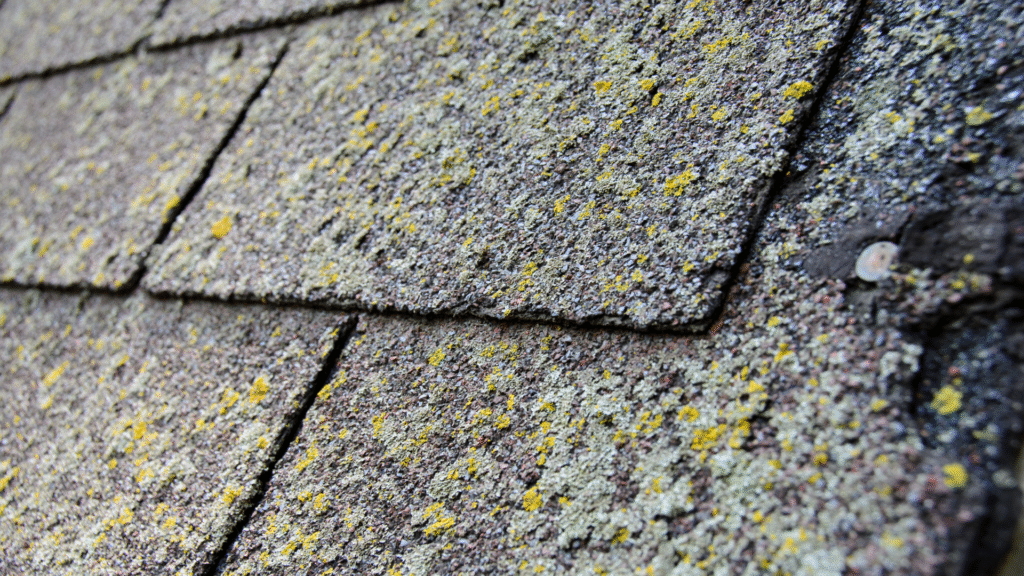
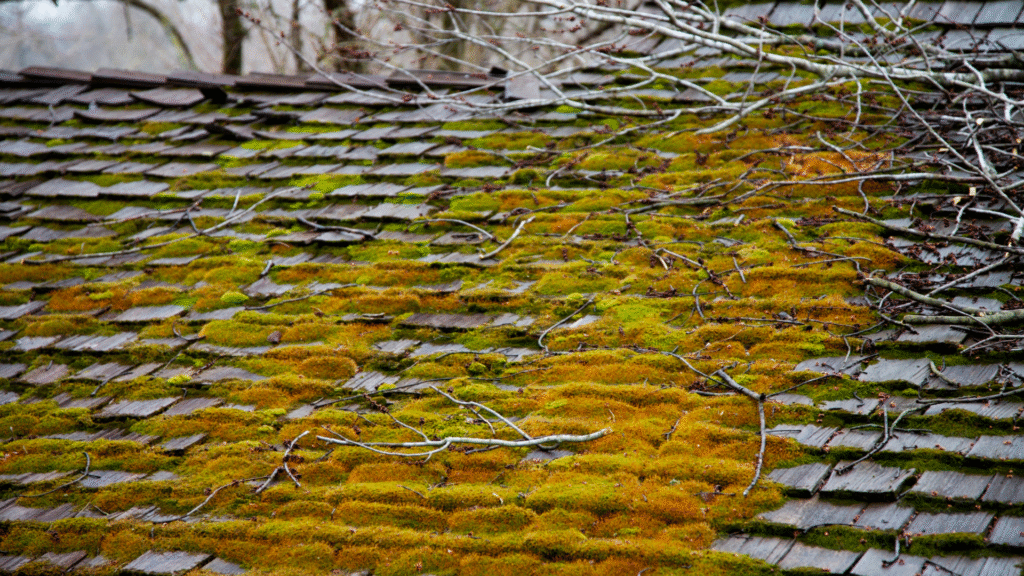
How Specialty Work Services Can Help
At Specialty Work Services, we specialize in helping Minnesota homeowners stay ahead of roofing issues.
When you work with us, you’ll benefit from:
- Thorough, professional roof inspections
- Honest assessments with no pressure tactics
- High-quality repairs using premium materials
- Expert recommendations to extend your roof’s lifespan
- Emergency services if immediate action is needed
We take pride in protecting homes with reliable, expert roofing care.
Tips for Preventing Shingle Damage
Prevention is always better than costly repairs.
Here’s how to protect your roof for the long haul:
Preventive steps:
- Schedule annual roof inspections, especially after severe weather
- Keep gutters clean to prevent water backup
- Trim overhanging branches to avoid physical damage
- Ensure your attic has proper ventilation and insulation
- Address small issues quickly before they escalate
A little preventive maintenance now can save you big money in the future.
Final Thoughts
Catching early signs of shingle damage is one of the smartest things you can do as a homeowner.
It protects your home, saves you money, and extends the life of your roof.
At Specialty Work Services, we’re committed to keeping Minnesota homes safe, dry, and worry-free.
Whether you need an inspection, a minor repair, or full shingle replacement, we’re ready to help.
Contact Us
Specialty Work Services Roofing Company provides expert roofing solutions—contact us today for reliable service and a free estimate!






Why Rosemount, MN Homeowners Are Seeing More Roof Leaks in Spring 2025 Why Rosemount, MN Homeowners Are Seeing More Roof Leaks in …
DIY vs. Professional Roof Leak Repairs: What Homeowners Need to Know DIY vs. Professional Roof Leak Repairs: What Homeowners Need to Know …
Understanding the Lifespan of Asphalt Shingles in Minnesota’s Climate Understanding the Lifespan of Asphalt Shingles in Minnesota’s Climate When it comes to …



